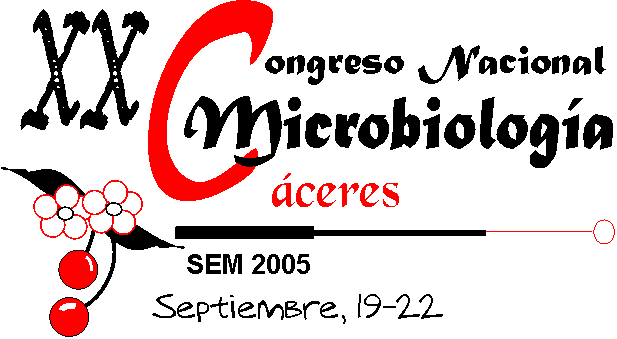
Mesa Redonda: Microbiología del Medio Acuático
High throughput cultivation: a novel tool to access microbial diversity
Karsten Zengler, Trevin Holland, Karen Xu, Sherman Chang, Marion Walcher, Martin Keller
Even though significant advances have been made in understanding microbial diversity, most microorganisms are still only characterized by “molecular fingerprints“ and have resisted cultivation. We developed a universal and novel method that provides access to the immense reservoir of untapped microbial diversity by cultivation (Zengler et al. 2002). This technique uses microcapsules to encapsulate single cells combined with parallel microbial cultivation under low nutrient flux conditions, after which flow cytometry is used to detect microcapsules that contain microcolonies (originated from a single encapsulated cell). Microcapsules separate microorganisms from each other, while still allowing the free flow of metabolites and signaling molecules between different microcolonies. The method was applied to cultivate vast numbers of so-far-uncultured bacteria and fungi, as identified by rDNA and ITS sequence analysis. It has been demonstrated that microorganisms belonging to a variety of bacterial phyla, such as Acidobacteria, Gemmatimonadetes and candidate division TM7, were growing in the microcapsules and subsequently formed microcolonies. A fluorescent in situ hybridization (FISH) method has been optimized to selectively target and sort encapsulated microcolonies of interest using fluorescence activated cell sorting. A whole-genome amplification technique has been employed to acquire a sufficient mass of DNA from targeted, encapsulated microcolonies (E. coli) to generate libraries for shotgun sequencing of entire genomes. The whole-genome amplification has been optimized so that DNA from as few as two cells can be amplified routinely. The genome coverage of amplified FISH-targeted microcolonies was evaluated using microarrays. Microarray data demonstrated a genome-coverage of 97% to 99% without high levels of bias towards certain genes. This high throughput cultivation can provide 10,000s of bacterial and fungal isolates per environmental sample and combined with targeted whole-genome amplification it becomes a versatile tool for environemtal genomic studies.